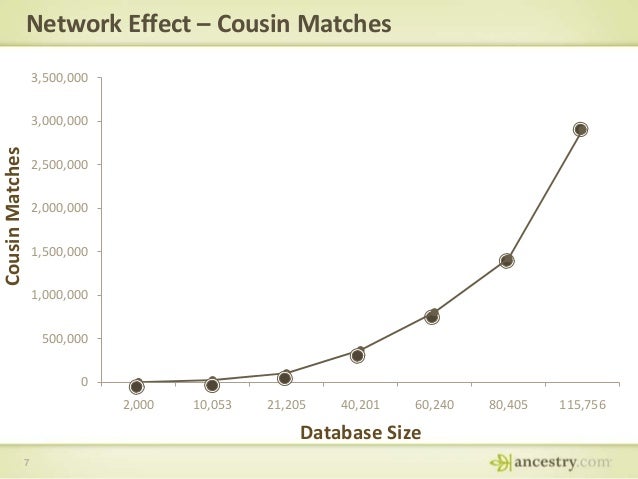Without a doubt in regards to the Thread P l Executor
This thread p l execution adds the power to configure parameters, along with extensibility h ks. Probably the most way that is convenient produce a ThreadP lExecutor object is to utilize the Executors factory methods
In this way, the thread p l is preconfigured for the most typical instances. How many threads could be controlled by establishing the parameters
- coreP lSize and maximumP lSize – which represent the bounds associated with the wide range of threads
- keepAliveTime – which determines enough time to help keep threads that are extra
The ForkJoinP l

Another utilization of a thread p l could be the ForkJoinP l class. This implements the ExecutorService program and represents the component that is central of fork/join framework introduced in Java 7.
The fork/join framework is founded on a algorithm” that is“work-stealing. In easy terms, this implies that threads that go out of tasks can “steal” work from other threads that are busy.
A ForkJoinP l is suitable for cases when many tasks create other subtasks or whenever many tasks that are small included with the p l from outside customers.
The workflow for making use of this thread p l typically l ks something such as this
- create a ForkJoinTask subclass
- split the tasks into subtasks based on a condition
- invoke the tasks
- get in on the link between each task
- produce an example associated with course and add it towards the p l
To generate a ForkJoinTask, you can easily ch se certainly one of its more widely used subclasses, RecursiveAction or RecursiveTask – if you want to get back an outcome.
Let’s implement a typical example of a course that runs RecursiveTask and calculates the factorial of the true number by splitting it into subtasks dependent on a THRESHOLD value
Continue reading →



